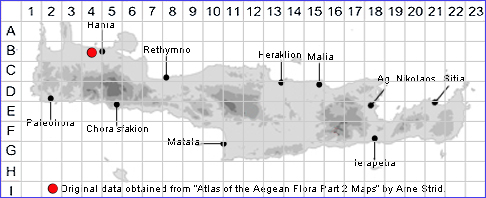SPECIES DESCRIPTION
UTRICULARIA VULGARIS
Family and Genus:- See- LENTIBULARIACEAE
Common Names:- Greater bladderwort
Homotypic Synonyms:- None
Meaning:- Utricularia (L) Little-womb, utriculus, diminutive of uterus.
Vulgaris (L) Common, vulgar.
General description:- Aquatic, floating submerged.
Stems:-
1) Up to 100 cm, slender, internodes 3-10 mm.
Leaves:-
1) Up to 3 cm, 2-lobed from the base, lobes more or less broadly ovate in outline,
pinnately divided; segments capillary, denticulate, bearing solitary or fasciculate
bristles on each tooth.
2) Bladders, up to 3 mm.
Flowers:-
1) Inflorescence, 10-30 cm; scape erect in fruit.
2) Flowers, 4-10.
3) Pedicels, 6-15 mm, 2-3 times as long as the bract, strongly
recurved in fruit.
4) Bracts, 5 mm, more or less auriculate.
5) Corolla, 12-18 mm, deep yellow;
a) upper lip, about as long as the conspicuous gibbous palate.
b) lower lip, with a deflexed margin; spur more or less broadly conicalat the
base, rather abruptly narrowed to a short, narrowly cylindrical, more or less
acute apex with internal glands on the abaxial surface only.
Fruit:-
1) Capsule, 3-5 mm, globose, usually freely produced.
Key features:-
1) Stems, all with green, ▒ palmately divided leaves with bladders.
2) Lower lip of the corolla, with a deflexed margin.
3) Pedicels, 2-3 times as long as the bract.
4) Glands inside the apex of the spur on the abaxial surface only.
Habitat:- Still water of lakes and reservoirs.
Distribution:- Scattered on mainland Greece and Peloponnisos, widspread across
Europe. Rare on Crete currently known only from Agia Lake in the west.
Flowering time:- JuneľAug.
Photos by:- Thomas Giannakis

